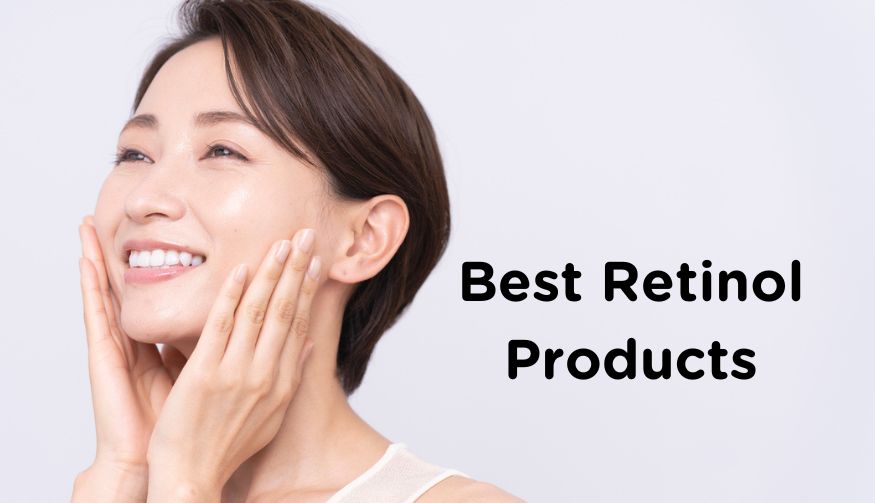Are you ready to unlock the secret to radiant, youthful skin? As skincare enthusiasts search for the holy grail of anti-aging and acne treatments, tretinoin emerges as a powerful contender. This vitamin A derivative, known for its transformative effects on skin texture, acne, and fine lines, has been making waves in beauty. In this blog, we’ll explore the science behind tretinoin, its benefits, and provide expert tips on incorporating this potent ingredient into your skincare routine.
What is tretinoin and what does it do to your skin?
Tretinoin, a potent vitamin A derivative, is renowned for its acne-fighting properties and skin-rejuvenating effects. This powerful compound boosts skin cell production and speeds up cellular turnover, effectively combating various skin concerns. Its ability to unclog pores and prevent dead skin cell accumulation makes it a formidable ally against blackheads, whiteheads, and pimples.
Beyond acne treatment, tretinoin’s benefits extend to anti-aging. It can significantly diminish the appearance of wrinkles, freckles, and dark spots while enhancing overall skin texture and reducing acne scars.
Available in various formulations, including gels, creams, and solutions, tretinoin typically requires a prescription from a healthcare provider. It’s important to note that tretinoin may cause initial skin irritation, mainly when first introduced to your skincare routine. Before starting tretinoin treatment, it’s always best to consult a dermatologist or healthcare professional for personalized advice and to address any concerns.

What’s the difference between tretinoin and retinol?
In short, tretinoin is a synthetic version of vitamin A, while retinol a natural derivative of vitamin A.
Although both of them work similarly and are commonly used for acne and anti-aging treatment, they are not the same—Tretinoin is a retinoic acid that acts directly on your skin, whereas retinol only gets CONVERTED to retinoic acid when it’s applied to the skin. Without any conversion steps needed, tretinoin is almost 5 times more powerful than retinol, and yet is also more irritating as well.
While you need a prescription for tretinoin, retinol is available over-the-counter.

How to start?
You can start with using tretinoin once a week for one month, then increase to twice a week for the second month. Add days slowly and steadily according to your skin’s tolerance, and use it as frequently as your skin can tolerate it.
Always apply tretinoin at night as the sun’s UV rays breakdown tretinoin and make it less effective.
Most people stop using it once they notice redness and peeling. The key is not to stop immediately, but to reduce the frequency of usage.
What are the side effects?
It is possible for tretinoin to cause the following side effects:
1. Redness
2. Tightness
3. Dryness
4. Peeling
5. Scaling
6. Mild burning
7. Stinging sensation
It may take 2-4 weeks for the side effects to subside until your skin acclimates. Check with your doctor immediately if you experience severe irritation, or if the irritation doesn’t improve within a few weeks.
When using tretinoin, avoid contact with eyes, nasal, and mouth. Do not apply it to open wounds or to areas of sunburn.
Since it can thin your skin, making it more prone to sun damage and sunburn, you should also pay extra attention to sun protection.












